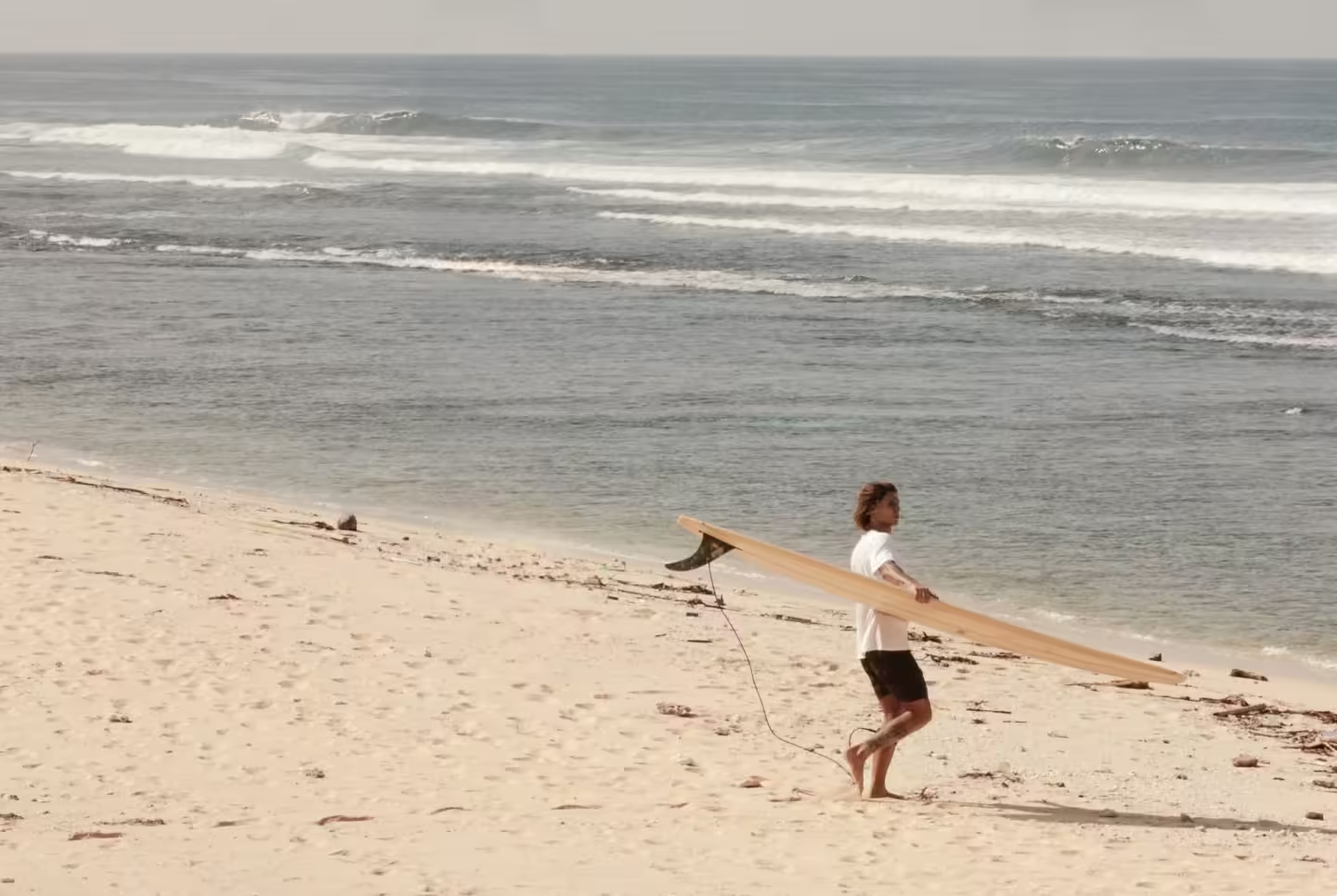How Do Surfers Know When To Surf And Read The Waves?
Are you ready to catch the upcoming set? As any seasoned surfer will tell you, timing is everything.
But how do surfers know when to hit the beach and paddle out into the lineup, when they can hang ten, and when to hit the snooze button?
Apparently, there’s a science as to when to surf and it starts with a little bit of math like knowing how to read a surf report.
In this blog post, we’re going to dive into how surfers read the conditions to determine the best time to ride the waves.
Importance of Reading a Surf Report
When you are on your way to the beach, make sure you read the surf report correctly, as it all comes down to it.
A surf report provides information about the size, direction, and period of the waves, as well as the wind and tide conditions.
Without this information, you would be left to guess about the conditions and might waste time and energy surfing in suboptimal conditions.
Therefore, knowing how to read a surf report is essential for any surfer who wants to maximize their time in the water, especially when if daily life routine is limited.
Now let’s break down the important pieces of information you will need to ride successfully in your local spot.
Swell Forecasts
One of the most important factors that surfers consider when deciding when to surf is the swell forecast.
A swell forecast provides information about the size, direction, and period of the waves, which are all important factors when it comes to surfing.
The size of the waves is important because surfers need waves that are big enough to ride, but not so big that they are dangerous.
The direction of the waves is important because surfers need waves that are breaking in the right direction in order to catch them.
The period of the waves is important because it determines how often the waves break, and this can affect the shape and quality of the waves.
Tide Charts
Another important factor that surfers consider when deciding when to surf is the tide. The tide can have a significant impact on the quality of the waves, and surfers need to understand how the tide is affecting the waves in order to catch the best waves possible.
A tide chart provides information about when the tide is coming in or going out, and this can affect the shape and size of the waves.
For example, when the tide is coming in, the waves may break closer to the shore, and this can make them easier to catch.
Conversely, when the tide is going out, the waves may break farther from the shore, and this can make them more difficult to catch. But that really depends on the spot and area you are surfing.
Wind Conditions
Wind is another important factor that surfers consider when deciding when to surf. The wind is also a great determinator of the quality of waves and it’s super important for surfers to know how it is affecting the waves.
Generally, the direction and speed of the wind can dictates the shape and formation of the waves.
For instance, if the wind is blowing offshore, it can create clean, hollow waves that are ideal for surfing.
It might sound logical enough, but surfers’ preferred wind condition is hands down an offshore type of wind, in most surf spots in the world.
However, if the wind is blowing onshore, it can create choppy, messy waves that are difficult to surf. Much worse for surfing.
Local knowledge
Experienced local surfers often have a good understanding of the local conditions at their favorite surf spots.
They may have a good sense of when the waves are likely to be good based on factors such as time of day and the season.
Some surf spots may be better in the morning when the wind is calm, while others may be better in the afternoon when the wind picks up.
Similarly, some surf spots may be better during certain seasons when the swell is more consistent.
Either way, local knowledge is invaluable when it comes to predicting the best times to surf.
If you don’t know when to surf, you can simply ask the local surfers, local surf shop (which tend to have all-around surfing information), or buddies that know the spot well.
Real Live Inspection
Finally, surfers will often visually inspect the surf conditions themselves to determine if they are suitable for surfing.
They will look for factors such as wave shape, size, and intensity, as well as the presence of other surfers in the water.
The more surfers out there, the better the waves, and this might be the best indicator of good waves.
It comes with the drawback of crowded surf spots, but ultimately it means that there’s the conditions are great.
Nonetheless, visual inspection is an important factor because it allows surfers to get a firsthand look at the conditions and make a decision based on their personal experience and preferences.
How to Read a Surf Report
Now that we have explored the factors that surfers consider when deciding when to surf, let’s take a look at how to read a surf report.
Prior to heading out to the beach, the best thing you can do is check your favorite app or website for a surf report as this will save you time and give you an idea of what the conditions are like.
A typical surf report will provide information about the swell, tide, and wind conditions. Here are the key terms to look out for:
- Swell height — This refers to the height of the waves, typically measured in feet or meters.
- Swell direction — This refers to the direction that the waves are coming from. This can be important because surfers need waves that are breaking in the right direction in order to catch them.
- Swell period — This refers to the time it takes for two consecutive waves to pass a given point. A longer period typically indicates more powerful, well-formed waves.
- Tide — The tide can have a significant impact on the quality of the waves. A surf report will typically provide information about when the tide is coming in or going out.
- Wind direction and speed — Wind can have a significant impact on the quality of the waves. A surf report will typically provide information about the direction and speed of the wind.
Minding this information can help you plan your surf session, and also prepare you with the right gear while knowing what to expect before hitting the waves can help make your day more enjoyable.
Final Thoughts
Being a surfer is all about feeling the rhythm of the ocean and while there are a lot of technical factors to consider when deciding when to surf, ultimately it comes down to a combination of experience, intuition, and sometimes a healthy dose of luck.
From checking the swell forecast to scanning the coming sets, surfers need to be in tune with the ocean and its ever-changing moods.
But with practice and patience, anyone can learn to read the waves and catch more waves.
So, make sure to check the surf report before you head to the ocean and keep an eye on the horizon.



